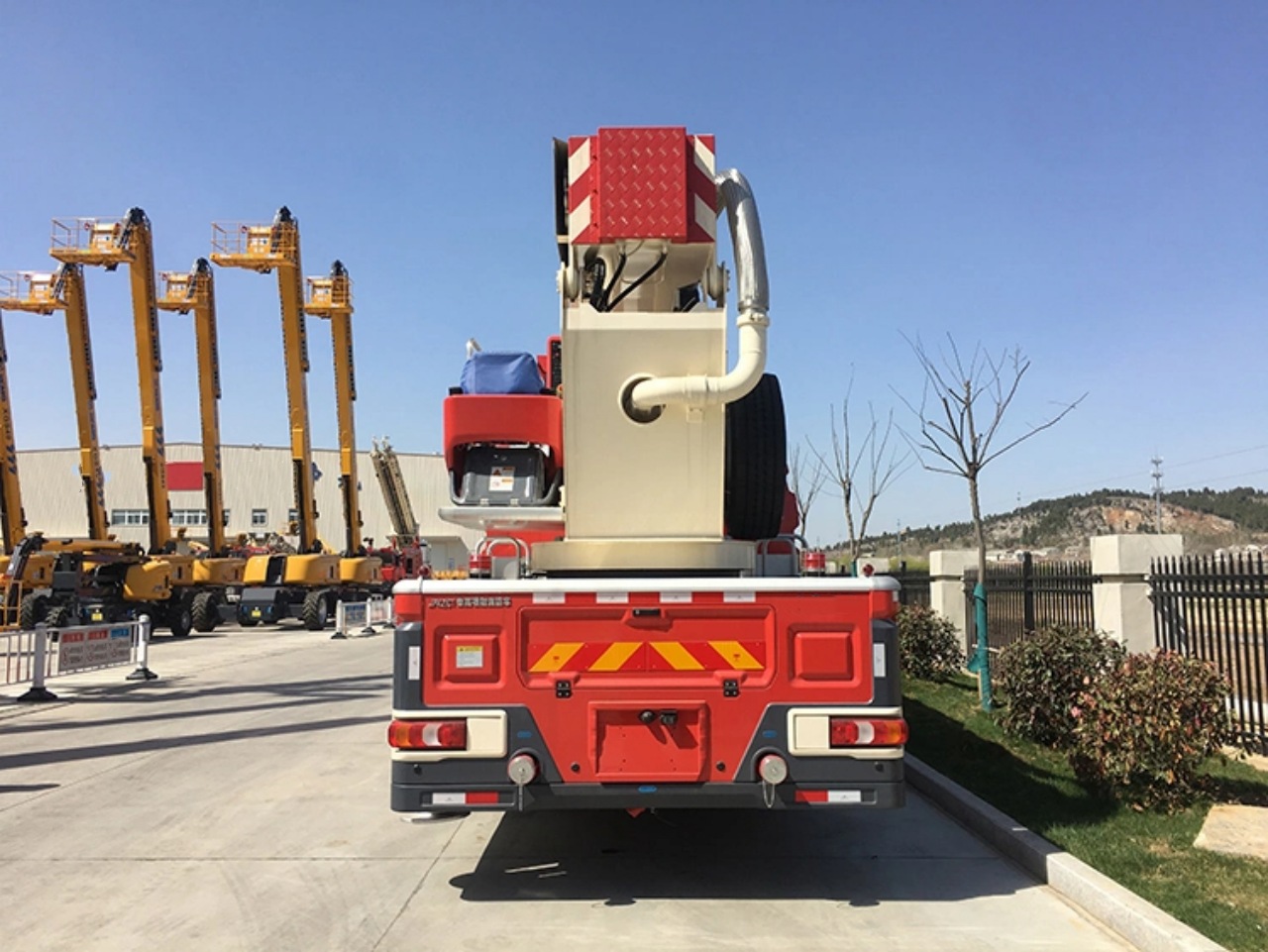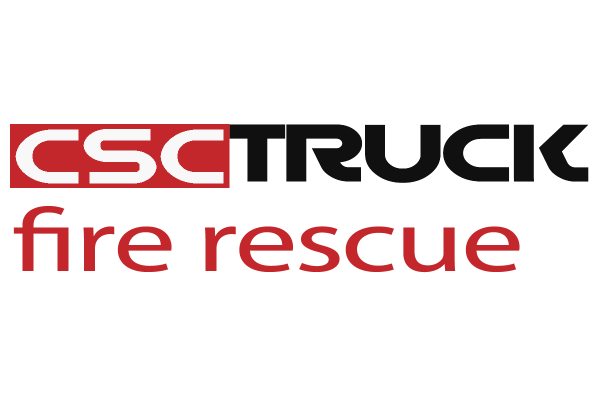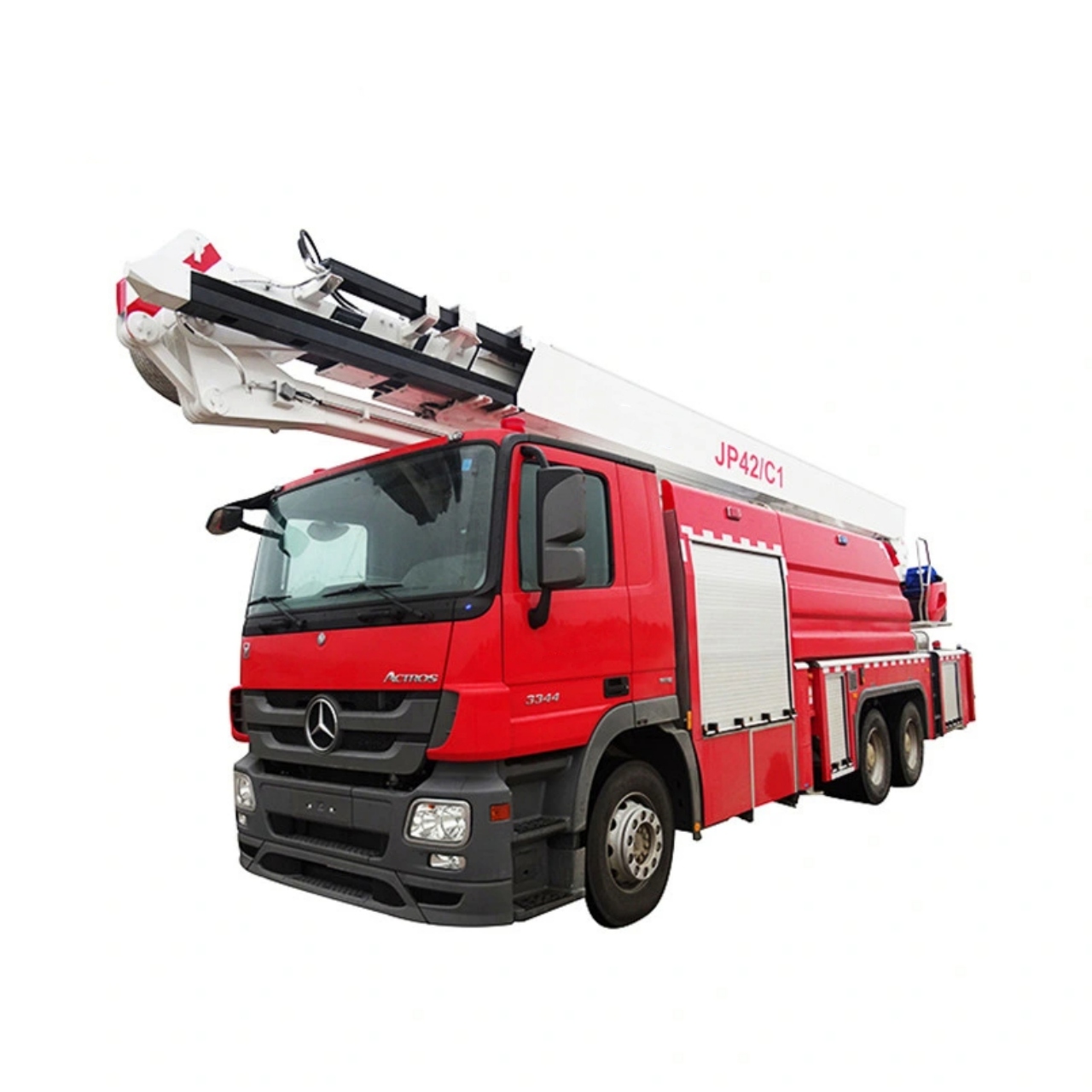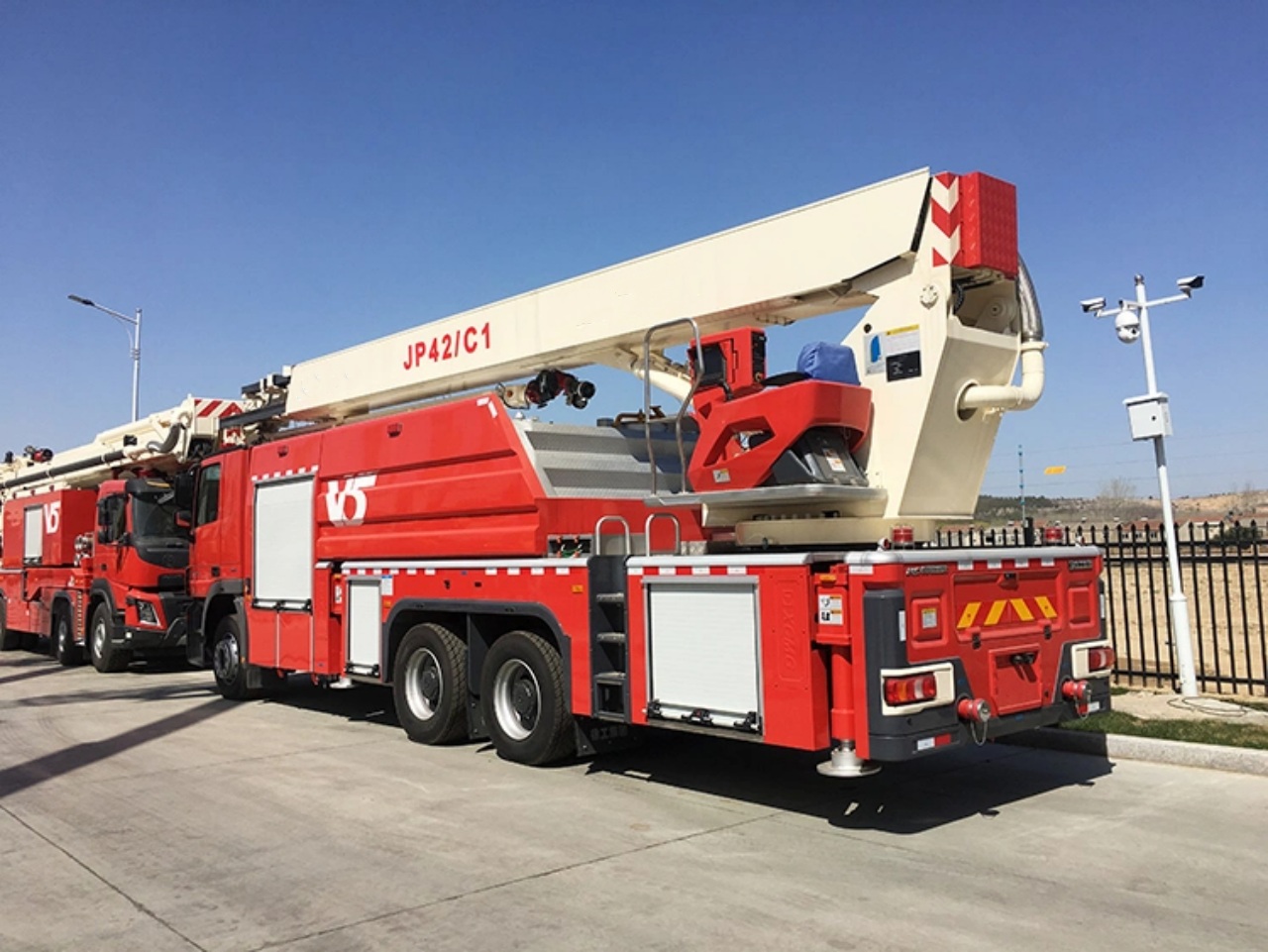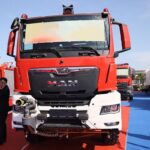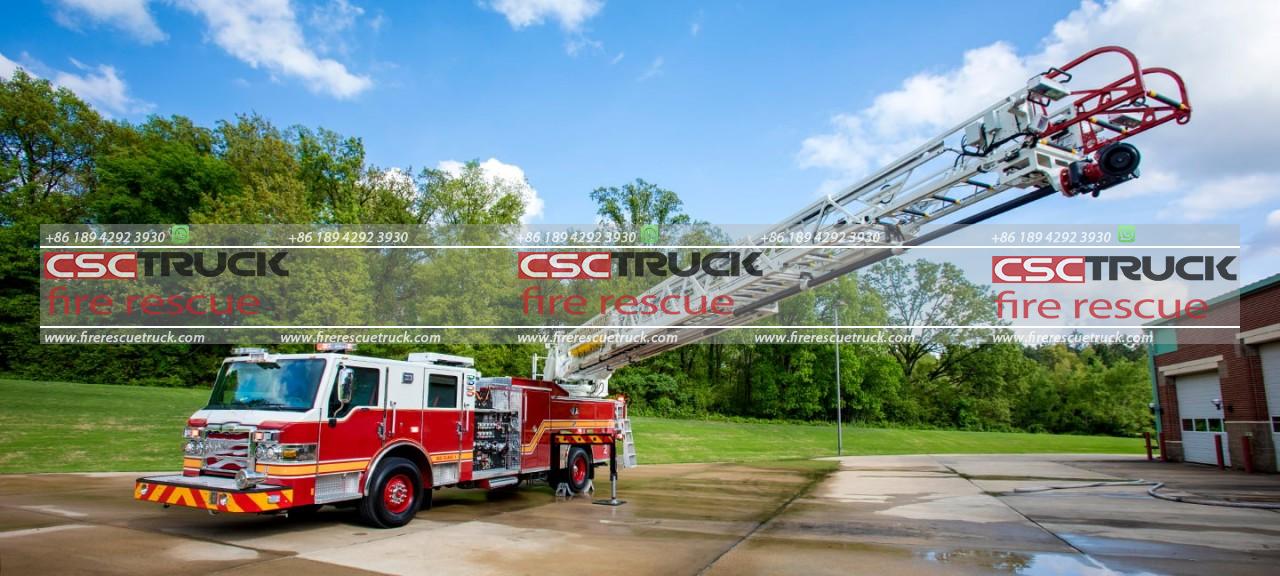When it comes to firefighting apparatus, the terms “ladder truck” and “tower” often come up in conversations about emergency response and fire department operations. Both are aerial fire trucks designed to provide access to elevated areas and facilitate rescue and firefighting from heights. However, they are not the same thing. Each has specific features, uses, and advantages depending on the emergency scenario. Understanding the difference between a ladder truck and a tower is essential not just for firefighters, but also for city planners, department buyers, and even curious civilians.
In this article, we’ll break down the distinctions between ladder trucks and tower trucks, explain their key components, and highlight the advantages and disadvantages of each.
Basic Definitions
Ladder Truck
A ladder truck, often called an “aerial ladder” or simply “truck company,” is a firefighting apparatus equipped with a long, straight ladder permanently affixed to the top of the truck. These ladders can extend upward and outward to reach multiple stories, often up to 100 feet or more, and are usually constructed of lightweight, high-strength materials such as aluminum or steel.
Tower (Tower Ladder or Platform Truck)
A tower, also known as a tower ladder or platform truck, is a specific type of aerial apparatus that features a large, extendable boom with a platform (bucket or basket) at the end. This platform is capable of carrying firefighters and equipment to elevated positions. Towers offer greater stability and versatility for operations that require personnel to remain elevated for extended periods.
Structural Differences
1. Aerial Component
- Ladder Truck: Uses a straight or sometimes slightly curved ladder with rungs that firefighters must climb manually. The ladder has no platform at the top.
- Tower: Features an extendable boom that ends in a platform or bucket capable of holding 2 or more firefighters, tools, and even water supply nozzles.
2. Design and Size
- Ladder Truck: Generally lighter and more compact compared to tower trucks. Ideal for urban settings with narrow streets.
- Tower: Heavier and bulkier due to the weight of the boom and platform. Typically needs more space to operate and deploy stabilizers.
3. Height and Reach
- Ladder Truck: Often offers longer reach in terms of straight-line distance (horizontal or vertical). Some can extend 100 feet or more.
- Tower: Usually has a slightly shorter maximum reach (often around 95 feet), but the platform can maneuver into tighter or angled positions with better control.
Functionality and Use
1. Access and Rescue
- Ladder Truck: Best for quick roof access, venting operations, or rescues where firefighters are agile and can climb the ladder manually.
- Tower: Ideal for rescuing individuals who cannot climb (e.g., elderly, injured) since the platform can be lowered to window level or ground without requiring individuals to climb.
2. Firefighting and Water Delivery
- Ladder Truck: May or may not have a pre-piped waterway. Firefighters often must manually attach hoses to use them as a water tower.
- Tower: Almost always includes a pre-piped water system and large master stream nozzles at the platform for efficient high-volume water delivery.
3. Versatility in Operations
- Ladder Truck: Offers quick deployment and flexibility in fast-moving urban scenarios.
- Tower: Provides safer working conditions for long-duration tasks like ventilation, elevated hose operations, or technical rescues.
Crew Operation
1. Staffing
- Ladder Truck: Typically staffed with a crew of 4-6. Since the ladder is climbed manually, at least two personnel are needed for safe operations.
- Tower: Requires a similar-sized crew, but often involves a designated operator for the platform controls in addition to those working in the bucket.
2. Training Requirements
- Ladder Truck: Requires physical endurance and training in manual climbing and tool handling at heights.
- Tower: Emphasizes technical operation of platform controls and stabilization systems, especially in complex environments.
Pros and Cons
| Feature | Ladder Truck | Tower Ladder (Tower) |
|---|---|---|
| Reach | Longer horizontal/vertical reach | Slightly shorter but versatile |
| Rescue | Manual climb—faster for firefighters | Safer and more accessible for civilians |
| Weight and Size | Lighter, more agile in tight areas | Heavier, needs more space |
| Water Delivery | May require setup | Built-in waterway, high capacity |
| Deployment Speed | Fast and straightforward | Slightly slower due to setup |
| Safety | Riskier due to climbing | Safer with a stable platform |
When is Each Used?
- Ladder Trucks are often deployed when rapid access to high points is required, such as in urban fires, ventilation tasks, or when maneuverability is critical.
- Tower Trucks are chosen for complex rescues, commercial building fires, or operations where the platform can serve as a safe workspace or observation post.
Some departments even choose quints—a hybrid apparatus that combines the features of an engine, ladder, and water-pumping equipment—but these don’t fully replicate the specialization of ladder or tower trucks.
Cost Consideration
- Ladder Truck: Typically less expensive due to simpler construction and fewer hydraulic systems.
- Tower: More costly because of the complexity of the boom, platform, and control systems.
Departments with limited budgets or narrow urban streets might lean toward ladder trucks, while those handling high-rise buildings, industrial zones, or multi-rescue operations may invest in tower trucks.
Conclusion
While ladder trucks and tower trucks may look similar from a distance and share many operational goals, they serve different tactical purposes. Ladder trucks offer speed, maneuverability, and simplicity, making them invaluable in dense city environments. Towers, on the other hand, offer safety, flexibility, and powerful water delivery, especially in situations where firefighters and civilians must remain elevated for longer periods or where manual climbing is impractical or dangerous.
Ultimately, the choice between a ladder truck and a tower ladder depends on the specific needs of the fire department, the community it serves, and the nature of emergencies it most often faces. Understanding the difference between the two ensures better preparedness and more efficient emergency response strategies.
